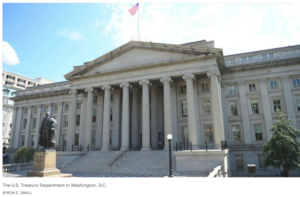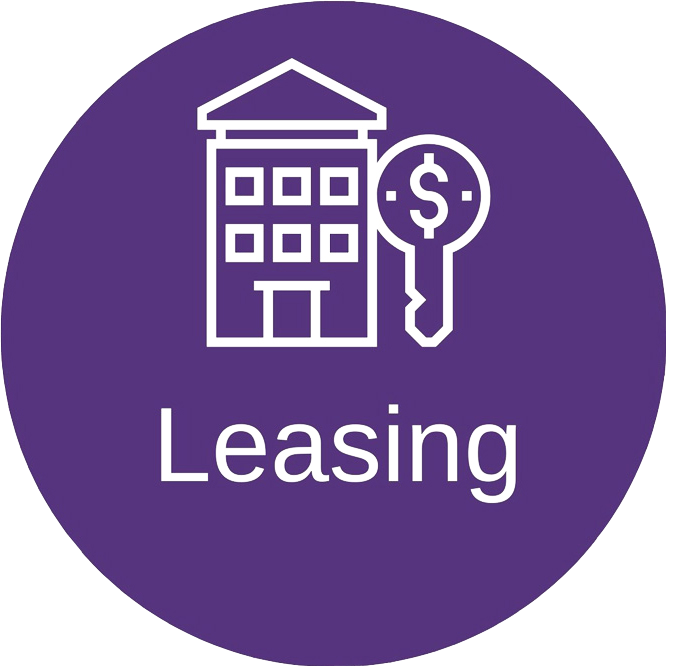
Stunningly high commercial mortgage debt may determine economy, banking sector’s future
Stunningly high commercial mortgage debt may determine economy, banking sector’s future
Again, we turn to real estate – but unlike 2008-09, when residential real estate loan portfolios started the Great Recession, this time all eyes will likely be on commercial real estate.
So, what does that mean?

To make sense of the situation, we looked at the overall commercial real estate data tracked by Trepp, a data analyzer in the field of structured finance and commercial real estate.
Trepp estimates that about $2.3 trillion in commercial real estate debt is held by smaller banks, more than 70 percent of the total CRE debt. The company’s guidance released earlier in the month shows that more than $270 billion of commercial mortgages held by financial institutions will expire by the end of the year, meaning borrowers either need to pay off the loans or refinance the package. Bloomberg Intelligence (BI) analysts estimate the number may be even higher when multifamily mortgage debt is taken into consideration. BI estimates as much as 40 percent of the total $3.5 trillion CRE debt is held by banks.
Among the borrowers are real estate developers, corporations, funds, trusts, and limited partnerships.
With a few segments of commercial real estate trying to get their groove back in light of big companies laying off workers – Google (Nasdaq: GOOG), Meta (Nasdaq: META), Microsoft (Nasdaq: MSFT), Twitter (NYSE: TWTR), Disney (NYSE: DIS), Amazon (Nasdaq: AMZN) to name a few – and corporations agreeing to a remote workforce, the office market has particularly struggled.
But this is the bigger concern – most of this $270 billion debt is held in banks that are smaller than $250 billion in assets, according to Trepp. So, if borrowers find themselves struggling to service the debt, banks are left with two choices – work with the borrower to ease the terms or call on the loan entirely. With interest rates as high as they are, refinancing a loan is going to cost far more than it would just a couple of years ago.
But I am assuming that’s the last thing a lender wants to do — have a bunch of real estate properties on its balance sheet with a fractured asset quality valuation. So, one would think they would be more inclined to work with the borrower. But how does one do that at these interest rate levels? According to the Federal Reserve, the rates may go up further if inflation is not tamed. Even if you extend the maturity date and restructure the debt for the borrower to pay just principal (no interest) on the note, the borrower faces severe headwinds across sectors – empty spaces (office), lower rent (apartments) and higher prices (retail).
if the numbers don’t work, will the borrower just hand over the keys to the lender? The whole process sounds like a slow burn to me. But unlike 2008-2009, that may be a good thing from a bad situation because we may have a little more time on our hands this time around for lenders, borrowers and regulators to craft some sort of a backstop if things go awry.
Of course, the best-case scenario is if borrowers are able to stay up to date with their debt payments – that would be one of the biggest boons to the U.S. economy in 14 years.
But if borrowers start fading away because their revenue intake is smaller due to layoffs, lease givebacks, anemic renewals, and other factors, we may be facing a difficult economic period ahead.
Across the broader landscape of commercial mortgages, a recent Cushman & Wakefield report estimates about $1.1 trillion in commercial mortgages is maturing in the next two years, up from $750 billion the previous two years.
The woes at Silicon Valley Bank (tied to its long-term bond investments with short-term borrowings) and Signature Bank and some of the other regionals are primarily tied to investment decisions made by bank leaders. The CRE debt portfolio has not been in the news. But it soon will be.
The $270 billion commercial mortgage debt expiration deadline is the largest figure on record, Trepp estimates.
In February, the commercial mortgage-backed securities (CMBS) delinquency rate hit 3.2 percent after falling below 3 percent in January.
We don’t want to see that delinquency number gallop to new highs. Because if it does, it will hit banks and other financial lenders first, and then the rest of the economy.



